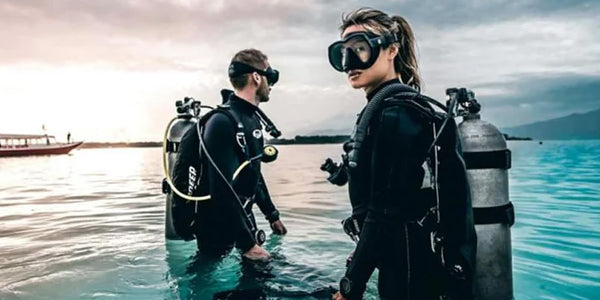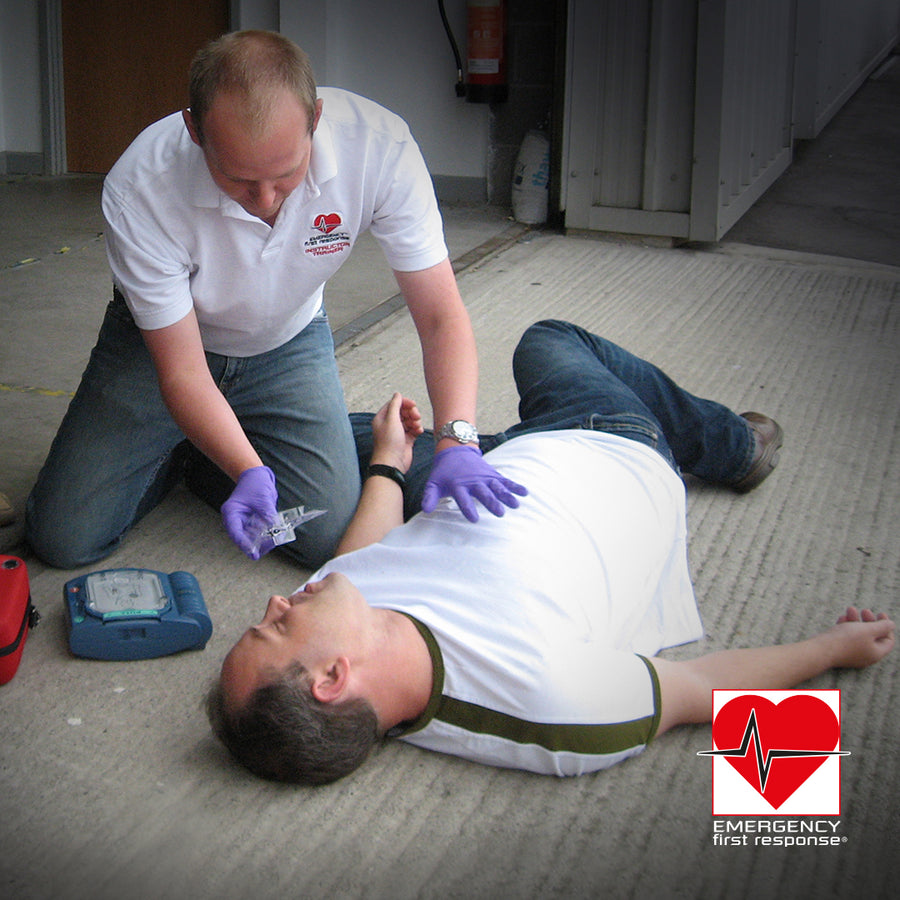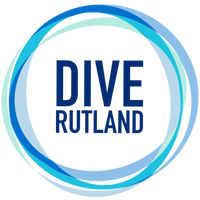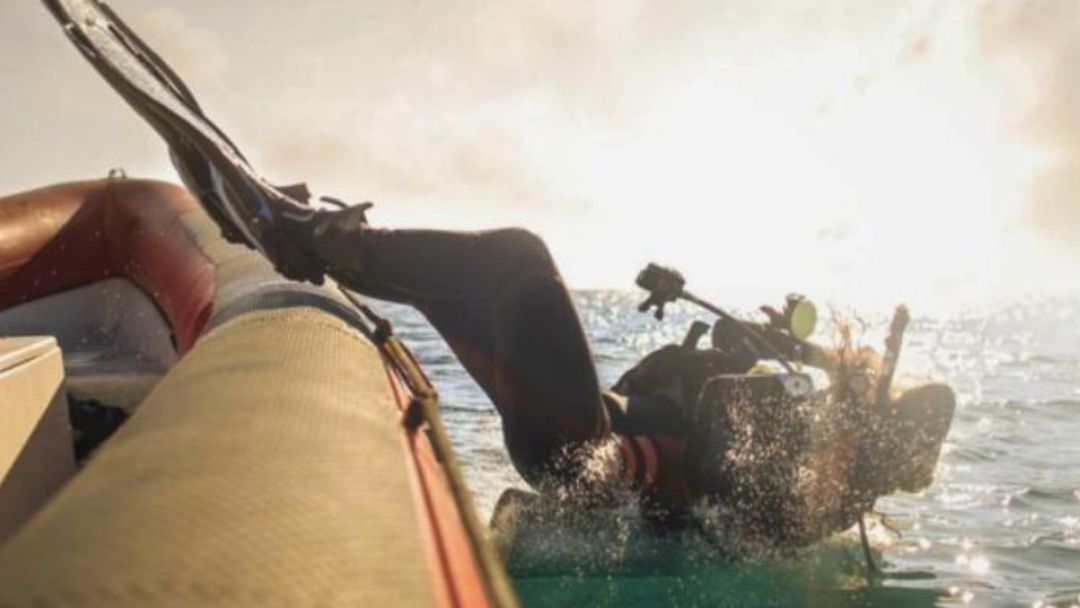How To Achieve Perfect Buoyancy Control

How To Achieve Perfect Buoyancy Control
From the first time you try scuba diving, you realise that moving underwater is not as easy as you thought. All the new equipment, the heavy cylinder, and unfamiliar fins can feel a bit uncomfortable at the beginning. Even swimming in a one direction is not straightforward, let alone all 3 directions, and managing your depth can become overwhelming.
This is normal; you're in a new environment, with new equipment, and you have to take care of many details. This is something every beginner in diving experiences, and even for more experienced divers, maintaining good buoyancy control does not always come naturally. It takes time, practice, and the correct equipment and positioning. This is a skill that every diver should continually practise.
Throughout your diver training (particularly with us!), you will have learned about neutral buoyancy, why it is important, and how to achieve it. But if you are reading this, there may be some gaps in your knowledge, or maybe you haven't quite been able to apply that theory in practice when you get in the water.
Once you can apply the theory in practice, which is totally achievable for all divers, your diving experience will become so much easier and more enjoyable. You will probably find that you reduce your air consumption in the process too.
We will cover the following areas in this guide:
- What Is Buoyancy?
- Why Should a Diver Become Neutrally Buoyant?
- How to Master a Buoyancy Check
- The Right Amount and Position of Weights
- Good Control of Your BCD
- Practise Hovering
- Achieving Diver Trim
- Conclusion

What Is Buoyancy?
Determining whether an object floats or sinks is called buoyancy. There are three types of buoyancy: positive (an object lighter than the fluid), negative (an object denser than its surrounding liquid environment), and neutral buoyancy (the state when the average density of an object equals the specific fluid it's immersed in). Neutral buoyancy can be achieved by balancing with gravity just like you would if you were sinking or floating.
Neutral buoyancy is a condition where a physical body’s average density is equal to the density of the fluid in which it is immersed. The buoyancy offsets the force of gravity that would otherwise cause it to either sink (if the body’s density is greater than the fluid's) or rise (if it is less). An object that has neutral buoyancy will neither sink nor rise.

Why Should a Diver Become Neutrally Buoyant?
When you are overweighted, you typically compensate by adding more air to your BCD. This logical solution often leads to additional effort throughout the dive, dragging around unnecessary weight, which increases air consumption, shortens the dive, and adds post-dive fatigue.
An overweighted diver might find it troubling to stay off the bottom, accidentally damaging the environment they are in, whether it’s a beautiful reef, a wreck, or even disturbing a critter's home in the sand.
Proper weighting allows a diver to comfortably hover at a safety stop (at a shallow depth of three to six metres or 10 to 20 feet) without popping to the surface or exerting any effort to stay down. At the end of a dive, with the cylinder nearly empty, the diver should need little to no air in the BCD to hover motionless at the safety stop depth.

How to Master a Buoyancy Check
One mistake scuba beginners often make is not exhaling when deflating their BCDs. Ensure your cylinder valve is open before attaching or detaching any part of your equipment from a diving regulator.
Correct weighting and good breathing control are key to diving neutrally buoyant. Ensuring you are not wearing too much lead makes this easier to achieve.
Wearing the Correct Amount of Weights:
The key to achieving neutral buoyancy is having enough weight. Many divers wear too much or not the right amount of weight, causing them to sink instead of float at eye level. Once you have entered the water and are comfortable, we should always perform a weight check.
We let enough air out of our buoyancy control device until we are floating with the water at eye level when breathing normally (this should empty almost all of the air out of the BCD), if there is still a lot of air in the BC then we are probably overweighted, we need just enough to allow for the change in buoyancy of our cylinder as we empty it of air. We then breathe out fully and check our height in the water.
If it's still eye-level, there isn't enough weight, while sinking too fast means there's probably a bit extra on board. Adjust weight until you can leave the surface and descend slowly, in a controlled manner.
Check Your Weighting at the End of the Dive:
Complete the neutral buoyancy check at the end of your dive after surfacing, aiming for between 35-50 bar. If needed, empty a little gas from your cylinder. Do not complete this with an unsafe amount of gas, and ensure your buddy is with you.

The Right Amount and Position of Weights
This is critical. Most divers struggling with buoyancy are overweighted. This means they need too much air in their BCD, making it wobbly and requiring more effort, thus using more air that could be used to extend their bottom times.
The Right Amount of Weight:
This is the first and most essential step to improve your buoyancy control: having the right amount of weight.
Check you have the right amount of weight before diving by completing a weight check. Remember this from your training? Are you still completing a weight check at the beginning of every dive?
Just in case you have forgotten how to complete a weight check: After entering the water in full diving equipment, completely empty the air out of your BCD. If you are properly weighted, you should float at eye level when holding a normal breath and start to descend slowly when exhaling. If you descend quickly, then you are overweighted.
The best time to check if your weight is correct is at the end of the dive, when you have 50 bar in your cylinder. You should be able to comfortably stay at a depth of 5 metres (safety stop) with the worst case of 50 bar in your cylinder.
A Good Placement of Your Weights:
The way you arrange your lead is also important and can greatly impact your buoyancy control.
If you’re wearing a weight belt, make sure to divide the weights equally and position them around your hips.
If you’re using an integrated weight system, divide the lead equally between the right and left pockets.
Another tip is to put some weight in the trim pockets or on each side of the velcro that holds the cylinder, if your BCD allows it. These weights help stabilise and counter the weights on the front of your equipment. Remember, weights in this position are non-dumpable.
Avoid Adding Too Much Air
One common mistake divers make is adding too much air to the BCD at once. Small bursts are more effective and give you better control. After each adjustment, wait a few seconds to see the effect before adding or releasing more air.

Good Control of Your BCD
Remember, your BCD is not a toy and shouldn’t be used as one. Use it as little as possible. Here are three tips to keep in mind when using your buoyancy compensator:
- Air Goes Up: When emptying your BCD, ensure you’re perfectly vertical, and the low-pressure hose is pointing to the surface.
- Give It Time: It takes a couple of seconds for changes to reflect in your buoyancy when you inflate or deflate your BCD. After making an adjustment, count to two and then reassess your buoyancy.
- Be Moderate: When inflating or deflating your BCD, press the valves gently and in a single press. Otherwise, you’ll keep inflating and deflating the entire dive.
Control is a key element to acheiving perfect buoyancy.

Practise Hovering
Practising hovering in mid-water without moving your fins or arms is a great way to fine-tune your buoyancy control. Try to maintain a stable position using only your breath to adjust your depth. This exercise helps improve your understanding of how breathing affects your buoyancy.
Use Your Breathing
This is one of the most important ways to master buoyancy control: the way you breathe.
- Breathe Out: When you breathe out, you become less buoyant and slowly start to go down.
- Breathe In: When you breathe in, you become more buoyant and slowly start to go up.
- Breathe Slowly: The slower you breathe, the steadier your buoyancy will be.
You know from your training that your lungs work like your BCD. You can use them to adjust your buoyancy. For example, if you need to swim over a rock, simply breathe in a bit stronger than usual. Using your breath instead of the BCD ensures you don’t alter your main buoyancy. Once your change of route is over, you remain perfectly buoyant. If you had inflated the BCD to go over the rock, you would have needed to deflate it afterwards, starting the BCD game all over again.
Dive Frequently
The more you dive, the better your buoyancy control will become. Frequent diving helps you get more familiar with your equipment and how your body responds underwater. Over time, buoyancy control will become second nature.
Equipment That Fits
Make it easier on yourself by using good equipment that fits well. If your BCD is too big, it will make your cylinder roll from one side to the other, causing you to roll with it. The cylinder is the heaviest part of your equipment, and if it is not properly fixed, it will drive you crazy underwater, while a well-secured one is a completely different story. Owning your own equipment that fits you correctly and you are comfortable wearing can improve this greatly.
On entering the water, adjust your BCD so that it fits tightly. Remember, pressure compresses your equipment, so what felt like a good fit on the surface could become loose in the water. Take a minute at the beginning of the dive to relax after descent and tighten any straps again.

Achieving Diver Trim
Trim is the position your body takes in the water when you're neutral and still. This matters for buoyancy because if your fins are lower than your body, kicking to go forward will also make you go up. It will seem like you've suddenly become buoyant, so you'll vent air from your BCD. Then, when you stop kicking, you'll be too heavy and you'll sink.
For your kicking not to disrupt your buoyancy, your body needs to be trimmed so your legs are nearly horizontal and your fins push you only forward. Here's how to check your trim:
Once you are exactly neutral, hold your body absolutely still with your legs stretched out behind you. If your legs sink, you should move a little weight from your waist to a point higher on your body.
Conclusion
Achieving neutral buoyancy is essential for enjoyable and safe diving. It requires a combination of proper equipment, correct weighting, controlled use of your BCD, and effective breathing techniques. With practice, you can master this skill, leading to more enjoyable dives and better air consumption. We have a saying here at Dive Rutland:
Practise, Practise, Practise, Adjust, Adjust, Adjust.
Always seek advice from experienced divers and consider taking an SSI Perfect Buoyancy speciality course to further hone your skills. Happy diving!










